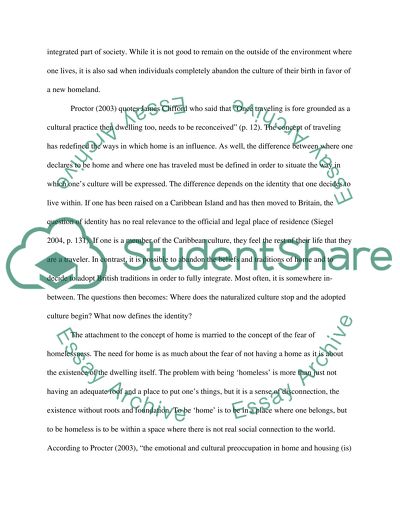Cite this document
(“Transitions of Culture and Identity Essay Example | Topics and Well Written Essays - 1750 words”, n.d.)
Transitions of Culture and Identity Essay Example | Topics and Well Written Essays - 1750 words. Retrieved from https://studentshare.org/culture/1574453-transitions-of-culture-and-identity
Transitions of Culture and Identity Essay Example | Topics and Well Written Essays - 1750 words. Retrieved from https://studentshare.org/culture/1574453-transitions-of-culture-and-identity
(Transitions of Culture and Identity Essay Example | Topics and Well Written Essays - 1750 Words)
Transitions of Culture and Identity Essay Example | Topics and Well Written Essays - 1750 Words. https://studentshare.org/culture/1574453-transitions-of-culture-and-identity.
Transitions of Culture and Identity Essay Example | Topics and Well Written Essays - 1750 Words. https://studentshare.org/culture/1574453-transitions-of-culture-and-identity.
“Transitions of Culture and Identity Essay Example | Topics and Well Written Essays - 1750 Words”, n.d. https://studentshare.org/culture/1574453-transitions-of-culture-and-identity.


